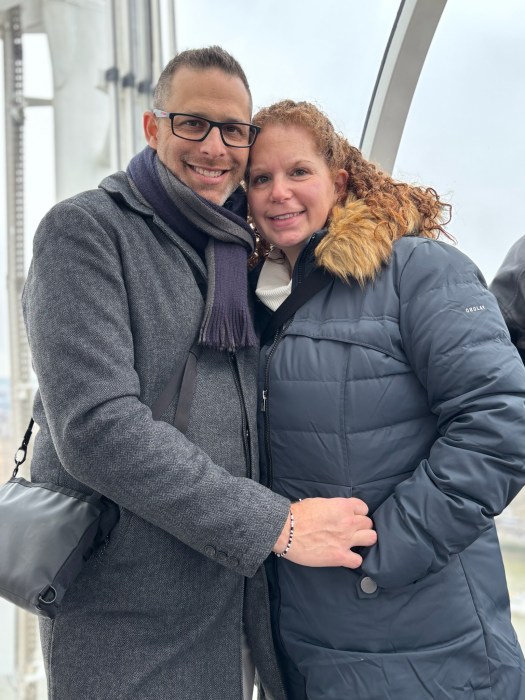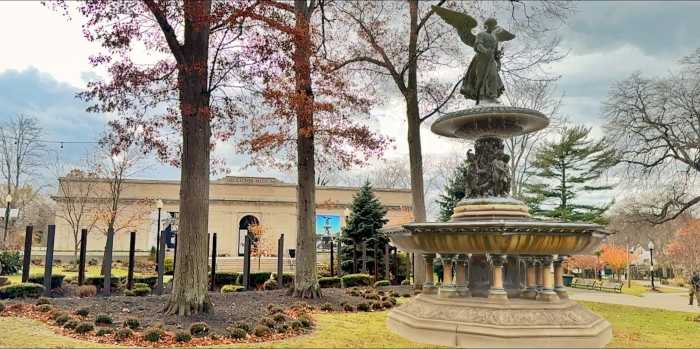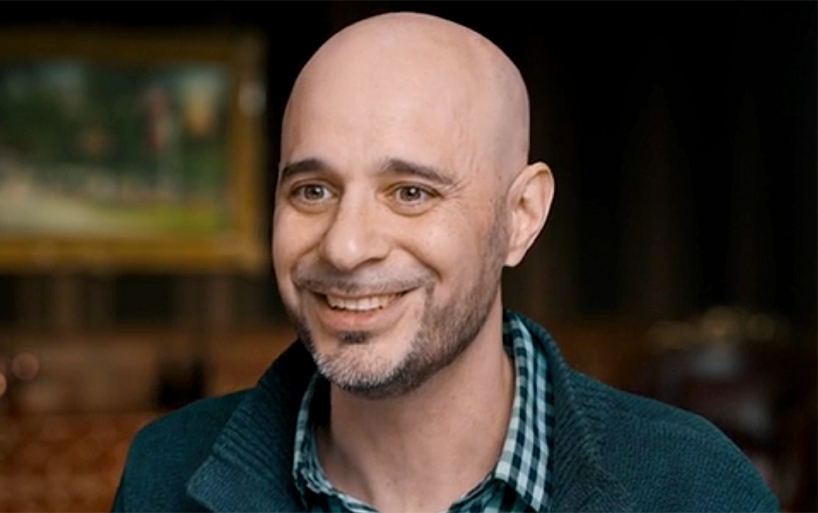The father of America’s interstate highway system, President Dwight Eisenhower, once wrote that its “impact on the American economy the jobs it would produce in manufacturing and construction…was beyond calculation.”
Decades later, those same words hold true as New York faces its own infrastructure and economic crisis. Investing in transportation projects can, and must be a part of the solution to both problems.
But while Eisenhower’s challenge was building a system to bring communities closer together; ours is fixing a system so they don’t drift apart.
Much of New York’s transportation infrastructure was built during the Eisenhower interstate era, and its age is showing. Many major projects, which have languished for years, most notably replacing the Tappan Zee Bridge, cannot be put off any longer. Six thousand and two hundred of New York’s 17,400 state and local highway bridges are either structurally deficient or functionally obsolete, according to the State Department of Transportation.
So how does New York pay for everything while facing a multibillion dollar budget deficit, a weak economy, and escalating project costs which far outpace traditional funding sources?
Just as our infrastructure can’t remain stuck in the 1950s, neither can our thinking when it comes to solving this problem.
That’s why New York State needs to explore innovative ways to finance and deliver projects, most especially public-private partnerships.
Public-private partnerships (P3s) enable governments and the private sector to partner in the design, construction, financing, and delivery of transportation projects. Given the private sector’s vested financial interest in completing projects on time and underbudget, P3’s often perform more efficiently than their counterparts. 31 states and Puerto Rico enacted laws authorizing P3s for infrastructure projects for these reasons. New York should do the same.
The Legislature recently approved Governor Cuomo’s proposal to authorize state agencies to utilize the simplest form of public-private partnership, design build procurement, which helps expedite the delivery schedule by combining the project’s design and construction phases under a single contract. It’s a good start, but New York shouldn’t limit itself to this one system alone.
Legislation I sponsor would give the state’s principal transportation agencies the flexibility to utilize other types of P3s so that we can access new sources of private sector capital and take full advantage of the economic benefits. Used properly, P3s could alleviate some of the financial burden and risk to the state and stretch current funding farther, enabling more projects to move forward in these tough economic times.
That’s a critical benefit. The U.S. Department of Transportation estimates that 25,000 jobs are created for every $1 billion spent on transportation infrastructure projects. United Bank of Switzerland officials testified at a Senate Transportation Committee public hearing that as much as $120 billion in equity capital for infrastructure has been raised to date.
Nearly two-thirds of that money is yet to be invested. The funding opportunities are there, and in a time of fiscal and economic difficulty we literally can’t afford to ignore them.
Just as Eisenhower thought big to solve the infrastructure crisis of the 1950s, we must do the same to fix the one we face now.


































